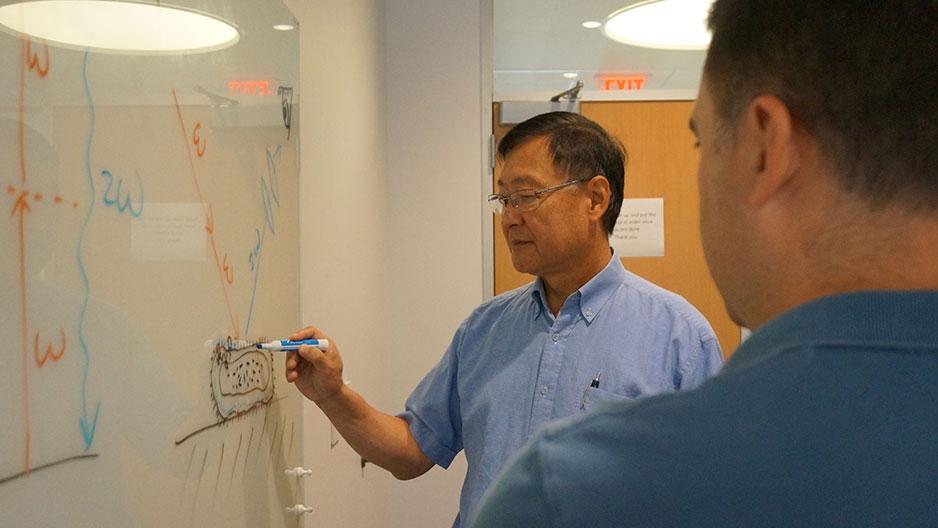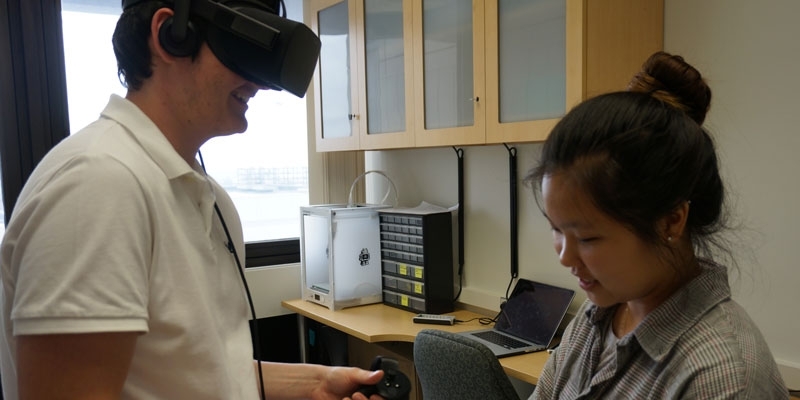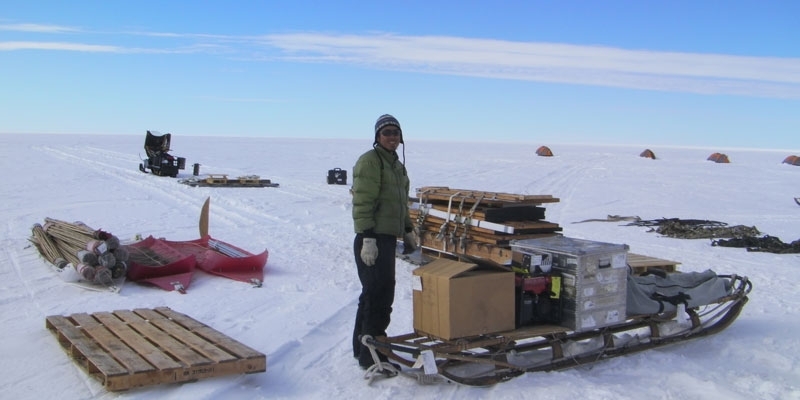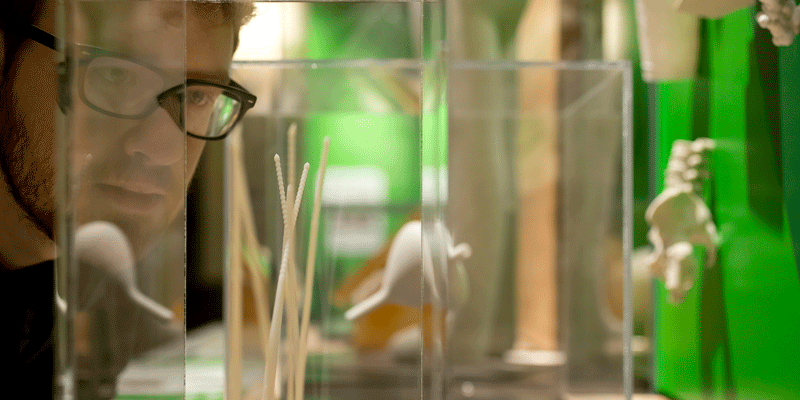Temple team earns major grant to build advanced microscope
The multidisciplinary team will study a variety of biological and materials science problems, funded by a grant from the National Science Foundation.

A group of Temple researchers led by Professor of Chemistry Eric Borguet and Laura H. Carnell Professor of Chemistry Hai-Lung Dai will use a $1 million-plus grant awarded through the National Science Foundation Major Research Instrumentation competition to build an advanced nonlinear optical microscope.
While the optical microscope has been a widely used tool in studying biology, “what makes the Temple project special is unlike conventional microscopes, which operate on principles of ‘linear’ light scattering—one photon in and one photon out—this microscope employs the ‘nonlinear’ light scattering concept—two photons in and one photon out,” Dai explained. "Put another way, we are shining red light on the sample but looking for images in blue light, which makes this type of microscope extremely sensitive for seeing molecules at surfaces and interfaces. For example, we can see how new antibiotics penetrate bacteria cell membranes or how specific molecules on semiconductor particles can improve the efficiency of the next generation solar cells."
According to Borguet, the Temple project was the only one among this year’s NSF Chemistry Division grants to surpass $1 million. “That demonstrates how strong our team’s proposal was this year,” he said.
Borguet, who is also a deputy director of Temple’s Center for the Computational Design of Functional Layered Materials—an Energy Frontier Research Center funded by the U.S. Department of Energy—is a leader in the application of nonlinear light spectroscopy for studying material interfaces. Dai has developed nonlinear light scattering into a widely used tool for studying biological systems.
Both Borguet and Dai have received prior NSF grants for major research instrumentation.
“By teaming up, this is the first either of us has received a grant in the more than $1 million category,” Borguet said. “We anticipate the instrumentation will be ready by 2020, and researchers from across the sciences at Temple and beyond will be able to use it to image single biological cells, and nano- and micro-structures of new materials.”
In addition to this grant, Borguet is supported by the U.S. Department of Energy and American Chemical Society Petroleum Research Fund. Dai, who is also Temple University’s vice president for International Affairs, receives funding from the Air Force Office of Scientific Research, Army Research Office and the NSF.
The Temple research team working with Borguet and Dai on the high-powered microscope also includes Associate Professor Katherine A. Willets of the Department of Chemistry, Assistant Professor Darius H. Torchinsky of the Department of Physics, and Professor Weidong Yang of the Department of Biology. College of Engineering researchers Professor Mohammad Kiani of the Department of Mechanical Engineering and Professor Nancy Pleshko of the Department of Bioengineering are also on the team.
—Greg Fornia


